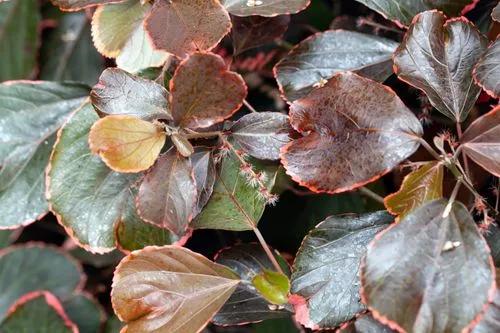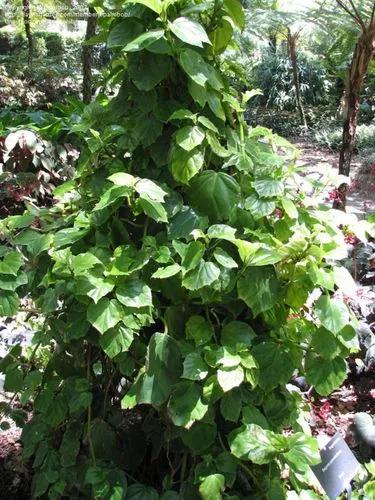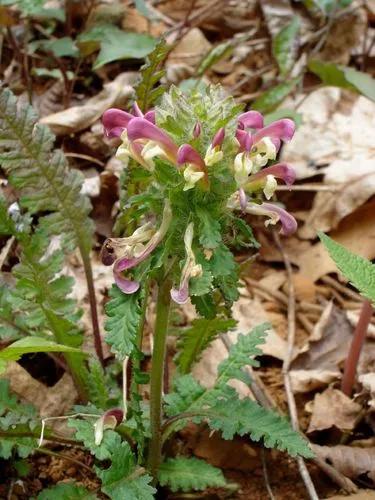Gagea lutea, known as the yellow star-of-Bethlehem, is a Eurasian flowering plant species in the family Liliaceae. It is widespread in central Europe with scattered populations in Great Britain, Spain, and Norway to Siberia and Japan.
Yellow Star-Of-Bethlehem Care
Gagea lutea



Gagea lutea is a bulb-forming perennial herb with lanceolate leaves and yellow flowers with 6 tepals. It is a predominantly lowland species that inhabits moist, base-rich, shady habitats including; broad-leaf woodlands, hedgerows, limestone pavements, pastures, and riverbanks. It has been used as an indicator of ancient woodland in East Anglia.
Yellow Star of Bethlehem flowers at the end of April already, and is usually the first plant in broad-leaved forests to do so, before hepatica. It goes through its above-ground life cycle in two or three weeks and already by the end of June it is safe underground waiting for the following spring. It has been used in the past as human food: its bulb is edible in emergencies. It has a lot of starch and can be eaten boiled, dried, soaked or milled into flour.
This plant is useful.
This plant might be poisonous
How to get rid of:
How to Care for the Plant

Popularity

114 people already have this plant 25 people have added this plant to their wishlists
Discover more plants with the list below
Popular articles






